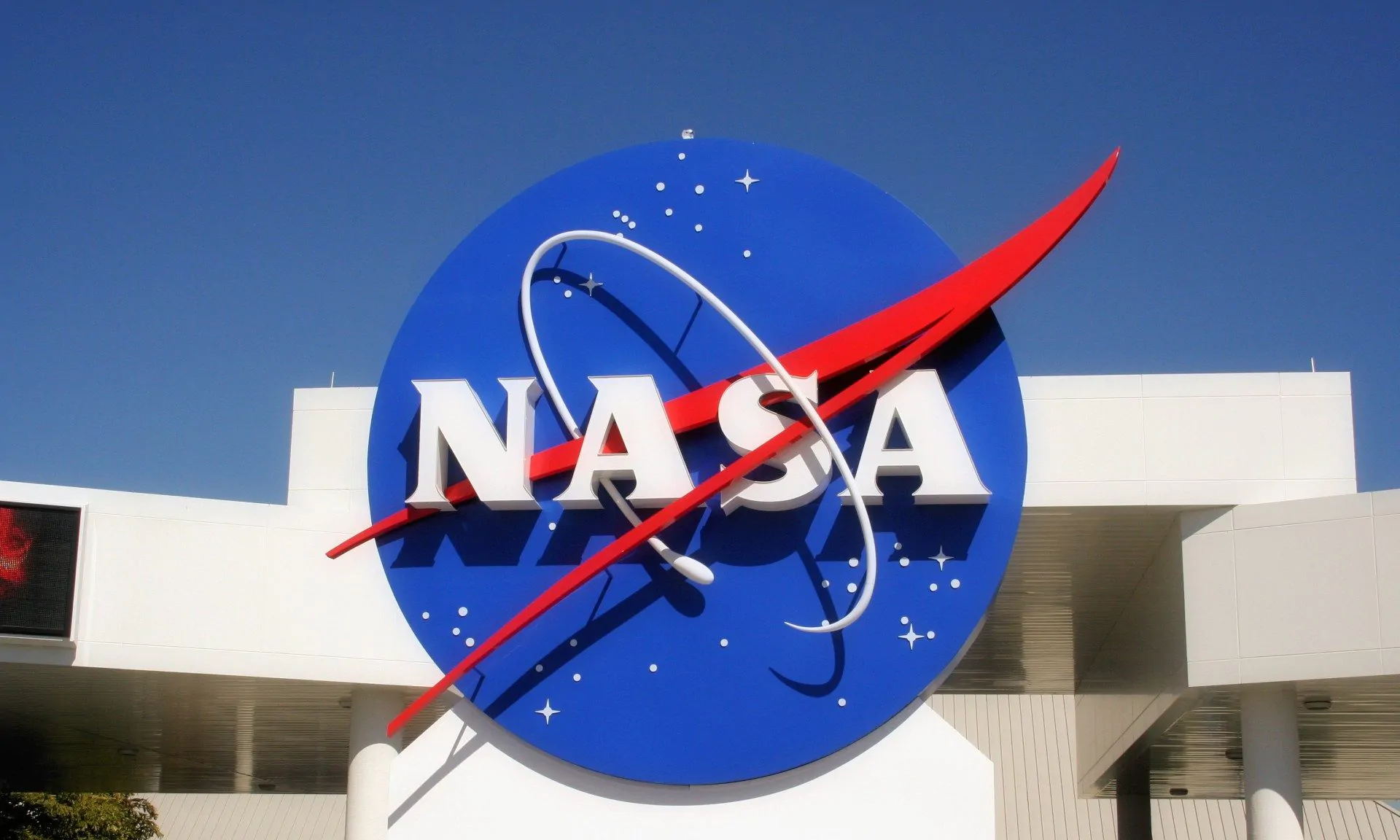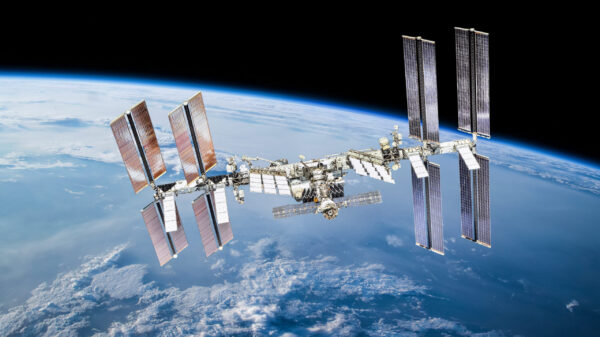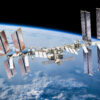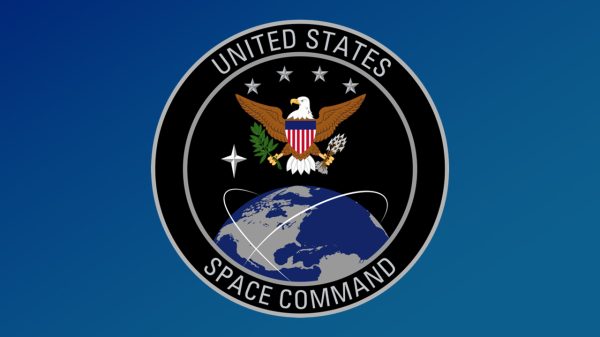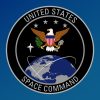Tuesday, January 1 NASA’s New Horizons spacecraft flew past Ultima Thule in the Kuiper Belt out beyond Pluto. Ultima Thule is the farthest from Earth that a spacecraft has ever transmitted pictures. NASA scientists believe that Ultima Thule is one of the oldest objects in the solar system, predating the planets.
“Congratulations to NASA’s New Horizons team, Johns Hopkins Applied Physics Laboratory and the Southwest Research Institute for making history yet again,” said NASA Administrator Jim Bridenstine. “In addition to being the first to explore Pluto, today New Horizons flew by the most distant object ever visited by a spacecraft and became the first to directly explore an object that holds remnants from the birth of our solar system. This is what leadership in space exploration is all about.”
The spacecraft is healthy and had filled its digital recorders with science data on Ultima Thule. The first data from New Horizons transmissions from Ultima Thule reached the mission operations center at the Johns Hopkins Applied Physics Laboratory (APL) almost exactly 10 hours after New Horizons’ closest approach to the object. The official name for the object is actually 2014 MU69. Ultima Thule is a nickname given to it by the NASA mission team.
Preliminary measurements of this Kuiper Belt object suggest it is approximately 20 miles long by 10 miles wide (32 kilometers by 16 kilometers). Ultima Thule, somewhere in its distant past, was actually two separate Kuiper Belt objects that collided at low speed and merged.
“New Horizons performed as planned today, conducting the farthest exploration of any world in history — 4 billion miles from the Sun,” said Principal Investigator Alan Stern, of the Southwest Research Institute in Boulder, Colorado. “The data we have look fantastic and we’re already learning about Ultima from up close. From here out the data will just get better and better!”
The spacecraft approached within just 2,200 miles (3,500 kilometers) of Ultima. The Kuiper Belt object may have a shape similar to a bowling pin, spinning end over end, with dimensions of approximately 20 by 10 miles. Another possibility is Ultima could be two objects orbiting each other.
Mission team members are reviewing the data as it comes in from the spacecraft. This is the first exploration of this distant region of the solar system.
“New Horizons holds a dear place in our hearts as an intrepid and persistent little explorer, as well as a great photographer,” said Johns Hopkins Applied Physics Laboratory Director Ralph Semmel. “This flyby marks a first for all of us — APL, NASA, the nation and the world — and it is a great credit to the bold team of scientists and engineers who brought us to this point.”
“Reaching Ultima Thule from 4 billion miles away is an incredible achievement. This is exploration at its finest,” said Adam L. Hamilton, president and CEO of the Southwest Research Institute in San Antonio. “Kudos to the science team and mission partners for starting the textbooks on Pluto and the Kuiper Belt. We’re looking forward to seeing the next chapter.”
Only one percent of the data has reached Earth. The rest is stored on the New Horizons spacecraft and the mission team will continue downloading images and other data in the days and months ahead. Completing the return of all the science data will take 20 months.
New Horizons was launched in January 2006, when George W. Bush (R) was in the White House. In 2015, the spacecraft began its exploration of the Kuiper Belt with a flyby of Pluto and its moons. The spacecraft will continue exploring the Kuiper Belt until at least 2021.
The Johns Hopkins Applied Physics Laboratory in Laurel, Maryland, designed, built and operates the New Horizons spacecraft, and manages the mission for NASA’s Science Mission Directorate. The Southwest Research Institute, based in San Antonio, leads the science team, payload operations and encounter science planning. New Horizons is part of the New Frontiers Program managed by NASA’s Marshall Space Flight Center in Huntsville.
“This flyby is a historic achievement,” Stern said. “Never before has any spacecraft team tracked down such a small body at such high speed so far away in the abyss of space. New Horizons has set a new bar for state-of-the-art spacecraft navigation.”
The new images revealed that Ultima Thule is a “contact binary,” consisting of two connected spheres. End to end, the world measures 19 miles (31 kilometers) in length. The team has dubbed the larger sphere “Ultima” (12 miles/19 kilometers across) and the smaller sphere “Thule” (9 miles/14 kilometers across).
The team says that the two spheres likely joined as early as 99 percent of the way back to the formation of the solar system, colliding no faster than two cars in a fender-bender.
“New Horizons is like a time machine, taking us back to the birth of the solar system. We are seeing a physical representation of the beginning of planetary formation, frozen in time,” said Jeff Moore, New Horizons Geology and Geophysics team lead. “Studying Ultima Thule is helping us understand how planets form — both those in our own solar system and those orbiting other stars in our galaxy.”
When New Horizons was launched, scientist did not know even know that Ultima Thule existed. It was discovered in June 2014, by the Hubble Space Telescope. NASA scientists realized that New Horizons would come near there when it got finished exploring Pluto and its moons so decided to send the spacecraft there.
Ultima Thule is just a nickname given to the object by NASA scientists. Its official astronomy designation is 2014 MU69.
The larger lobe is about three times the volume of the smaller one. 2014 MU69 has a reddish hue, thought to be the result of radiation in the outer solar system. From the early images, the team believes the object may be covered in features such as hills, ridges and plateaus. 2014 MU69 rotates once about every 15 hours, and it appears to contain exotic ices such as nitrogen or methane, something that scientists will try to confirm as more data about the composition of 2014 MU69 reaches Earth.
Stern said that the mission was “a technical success beyond anything ever attempted before in spaceflight. t’s only really the size of something like Washington, D.C., and it’s about as reflective as garden-variety dirt, and it’s illuminated by a sun that’s 1,900 times fainter than it is outside on a sunny day here on the Earth. So, we were basically chasing it down in the dark at 32,000 miles per hour.”
Ultima Thule is a Latin phrase used by the Romans to describe unexplored regions to the north and, more generally, a region that lies beyond the known world. The phrase was used by Virgil in the poem Georgics. The term “Thule” has a long literary history, appearing in works by James Thompson, Charlotte Bronte, Edgar Allan Poe, and Vladimir Nabokov. NASA’s use of the phrase has been criticized by some because “Ultima Thule” was also a mythical region in early Nazi lore, used by the German occultist Thule Society to describe a lost land that was the birthplace of the “Aryan race.”
“Ultima Thule” is an unofficial nickname for 2014 MU69, and now that the object has been explored and characterized, the International Astronomical Union can begin the process of giving the object an official name.
“The term Ultima Thule, which is very old, many centuries old, possibly over 1,000 years old, is a wonderful meme for exploration, and that’s why we chose it,” Stern said. “And I would say that just because some bad guys once liked that term, we’re not going to let them hijack it.”
2014 MU69 is what is known as a classical Kuiper Belt object, which are icy and rocky bodies beyond the orbit of Neptune that have relatively circular orbits, meaning that unlike Pluto, they never cross Neptune’s orbit. Classical Kuiper Belt objects are 3.5 to 4.5 billion miles from the sun and constitute an incredibly primitive population, virtually unchanged since the dawn of the solar system.
“Because of [2014 MU69’s] current orbit, we think it’s been in that position for 4.6 billion years, in which case it’s been kept in a deep freeze since the time of its formation,” Weaver said.
Scientists speculate that the planets were created by primitive objects like Ultima Thule colliding and becoming bigger objects.
“It’s actually gratifying to see these almost perfectly formed contact binaries in their native habitat,” says Jeff Moore, geology and geophysics team lead for New Horizons. “People have speculated for a long time the processes… [of] how the initial primordial clumps come together to form what’s called planetesimals, which are the things which in turn go on to the make the planets. But to actually see the things that are consistent with the explanations that we have and theories we’ve had for how these things form is extremely gratifying.”
Before the 1990s astronomers though Pluto was the only object out beyond Neptune’s orbit. In actuality the region beyond Neptune is not empty, but rather is full of hundreds of thousands of objects in a distinct zone of the solar system now called the Kuiper Belt, named after Dutch-American astronomer Gerard Kuiper, who predicted the region’s existence decades earlier.
In 2003 scientists discovered Eris, a dwarf planet in the Kuiper Belt about the same size as Pluto. Further research has revealed the significance of this third region and its influence on the formation and evolution of all that orbits the sun.
New Horizons has enough power in its radioisotope thermoelectric generator (RTG) to operate for 15 to 20 more years. The craft can continue science operations to about 2.5 times its current distance from the sun, and it has enough fuel left to fire its thrusters to change course toward another object. New Horizons will keep an eye out for additional planetary bodies to study, either by observing them through its telescopic cameras or by flying by another object.







































